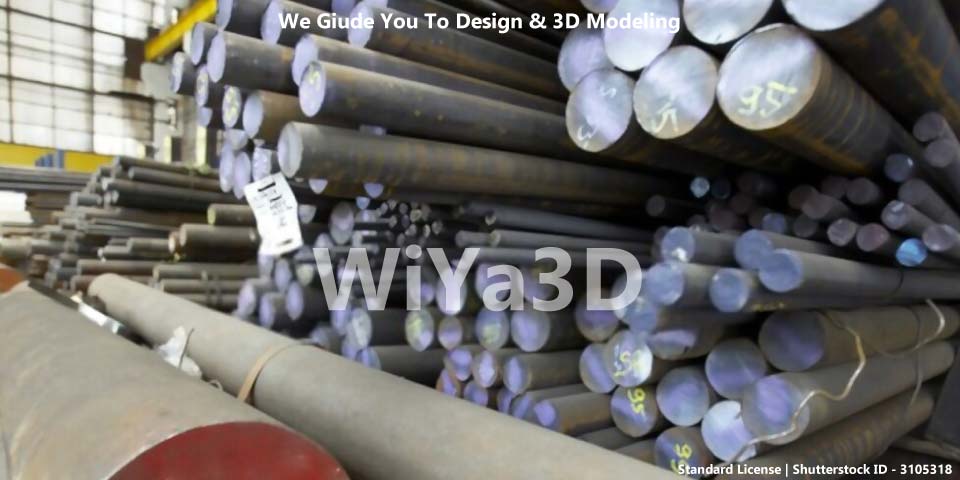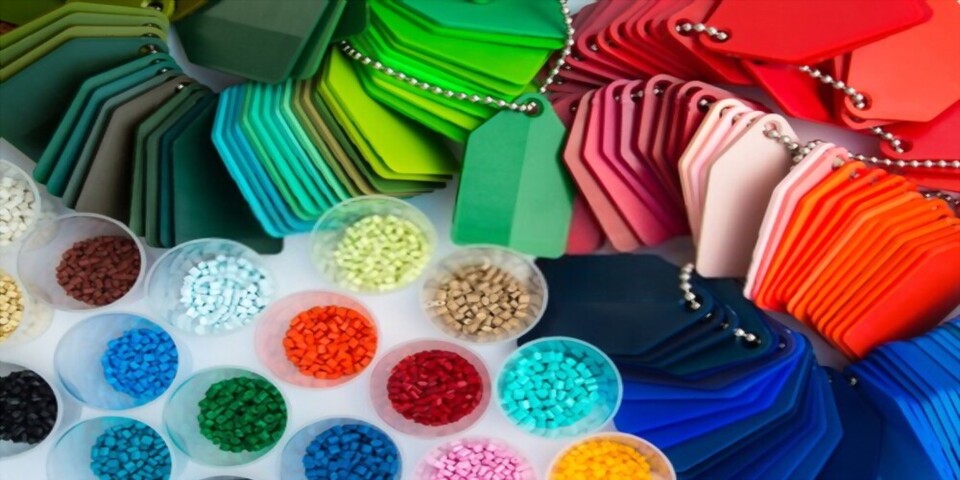Carbon steel and alloy steel are both types of steel, a material made up of iron and carbon. However, there are some key differences between the two types of steel.
Carbon steel is a pure form of iron and carbon, with no other additives. It is a relatively inexpensive and widely used type of steel that is strong and durable. Carbon steel can be classified into three categories: low carbon steel, medium carbon steel, and high carbon steel, based on the amount of carbon present in the material. Low carbon steel has 0.05% to 0.25% carbon, medium carbon steel has 0.25% to 0.55% carbon, and high carbon steel has more than 0.55% carbon. The higher the carbon content, the stronger and harder the steel will be, but it will also be more brittle and prone to cracking.
Alloy steel, on the other hand, is a type of steel that is made by adding other elements, such as manganese, chromium, or nickel, to the base material. These additional elements give alloy steel improved properties, such as increased strength and corrosion resistance. There are many different types of alloy steel, each with its own specific set of properties and applications.
In general, carbon steel is more widely used in the construction of buildings and infrastructure, while alloy steel is used in the manufacturing of various products, such as automotive parts and machine tools. Both carbon steel and alloy steel have their own unique properties and are used in a variety of industries and applications.
Most important steel properties that need to control for different use or requirements are,
- Hardness
- Strength
- Hardenability
- Wear resistance
- Toughness
- Weldability
- Workability
- Wear Resistance
- Machinability
Theses properties determine the added element to the steel. Depending on the added element percentage to steel, its show more related properties on the metal. Let see how different the steel properties with different added elements
Carbon – With higher carbon content the hardenability, strength, hardness and wear resistance increase. While weldability, toughness & ductility reduced with carbon content.
Calcium – Improve the toughness, formability & machinability.
Boron – Which improve the steel hardenability without reducing formability & machinability.
Copper – Increase strength and improve atmospheric corrosion. Adversely affect loss of ductility, surface quality & hot working abilities.
Cerium – Improves the toughness
Chromium – Adding chromium improve the hardenability, toughness, high temperature strength and wear & corrosion resistance. Also improve hardness.
Nickel – Improves strength, toughness, hardenability and corrosion resistance.
Magnesium – Improve the toughness
Sulfur – Which adding improve the machinability. However when combined with manganese reduce the strength and ductility.
Phosphorus – Improve hardenability, strength, resistance, machinability & corrosion resistance. And reduce the toughness & ductility.
Lead – Improve the machinability.
Manganese – Improve the hardenability, strength, machinability and resistance to abrasion. And reduce the weldability.
Silicon – Improve the hardness, strength, resistance to corrosion & electrical conductivity.
Molybdenum – Improve the hardenability, toughness, wear resistance, creep resistance, hardness & strength.
Cobalt / Tungsten – Improve the strength & hardness.
Titanium – Improve the steel hardenability.
Designations for Steel
Mainly AISI – American Iron and Steel Institute & SAE – Society of Automotive Engineers designation are used for carbon steel and alloy numbering system.
Carbon Steel
Low Carbon Steel
Which has the 0.3% or less than of carbon content thereby do not have much high strength. Low carbon steel also called as Mild Steel.
Application – Screw, Bolt, Nut, Plate, Tube, Sheet and machine part
Medium Carbon Steel
Which content 0.3% to 0.6% of carbon. And has much higher strength than the low carbon steel.
Application – Gear, Axles, Crank Shaft, Automotive/Agricultural machinery parts, Connecting Rods
High Carbon Steel
Which has the more than 0.6% of carbon content. High carbon steel used for application that require much hardness, strength and wear resistance.
Application – Cutting Tool, Cable, Spring, Music Wire
Once manufacture using high carbon steel, and after the heat treated. Part can archive much higher hardness, strength and wear resistance.
Resulfurized Carbon Steel
Carbon content of 0.12% contain with sulfur & phosphorus are called as resulfurized carbon steel. And main advantage of this carbon steel is improved machinability.
Alloy Steel
The steel that containing with alloy elements are called alloy steels and use for high strength require applications. Industry like construction & transportation used alloy steel where require higher hardness, strength, creep & fatigue resistance as well as toughness. By heat treating it can obtain desired properties with alloy steels in further.
There are number of High Strength Low Alloy (HSLA) steel also developed in order to improve strength to weight ratio of steel. Those has the low carbon content <0.3%
In the other-hand, to improve the steel ductility and formability the Dual Phase Steel is developed with mixing ferrite & martensite structure.
Stainless Steel
Stainless steel (SS) has more corrosion resistance with high strength and ductility properties. Stainless steel contain the high chromium that minimally 10% – 12% by it’s weight. This steel contain the alloy element of nickel, titanium, silicon, manganese, copper, molybdenum, columbium, aluminum, sulfur and nitrogen other than to main chromium content.
In stainless steel higher the carbon content, which lead to lowering the corrosion resistance. Because carbon react with chromium and form the chromium carbide which cause more corrosion effect.
Application – Medical equipment, Kitchen equipment, Chemical equipment, food processing containers & petroleum industrial containers.
Types of Stainless Steel
a. Austenitic (200 – 300 series)- This is nonmagnetic stainless steel with excellent corrosion resistance properties. Which mainly contain the chromium, nickel, manganese in iron. This SS is harden with cold working and have most ductility characteristic.
Application – Fitting, Kitchenware, Transport equipment, heat exchanger parts, welded construction equipment,…
b. Ferritic (400 series)- Ferritic stainless steel has the magnetic and good corrosion resistance. Those contain the chromium up to 27%. However compare to Austenitic SS, this Ferritic has the low ductility. And this SS are not heat treatable, that are hardened by cold working.
Application – Kitchen equipment, Automotive parts,…
c. Martensitic (400 – 500 series)- This SS can harden by heat treating. And do not contain the nickel & chromium contain may up to 18%. While this stainless steel has the magnetic properties and have the high strength, high hardness, high fatigue resistance, good ductility and corrosion resistance.
Application – Surgical Tool, Spring, Valve, Instruments,…
d. Precipitation Hardening – This SS type have the high strength, good corrosion resistance and ductility properties. And this steel contain chromium, nickel, copper, titanium and aluminum.
Application – Aircraft/Aerospace structural parts
e. Duplex Structure – In Duplex stainless steel is combination of Austenitic & Ferrite. Thereby have good strength & higher corrosion resistance.
Application – Heat exchanger components, Water treatment plant






